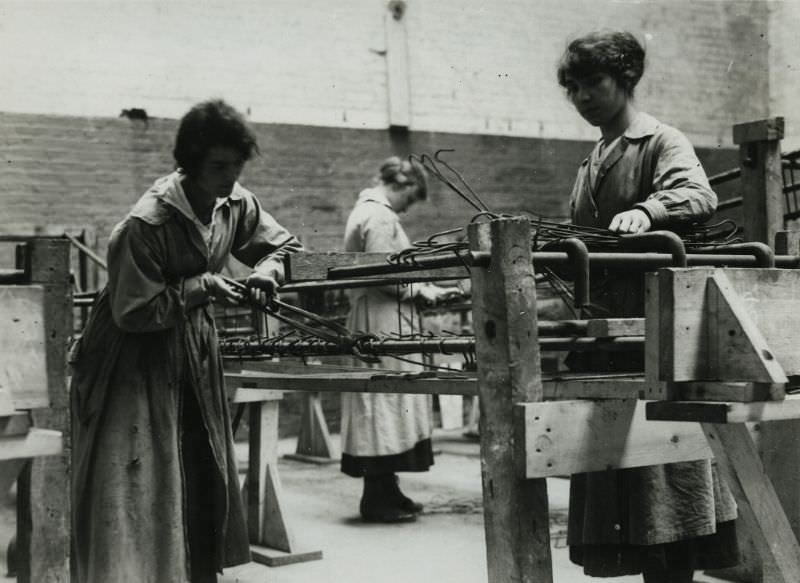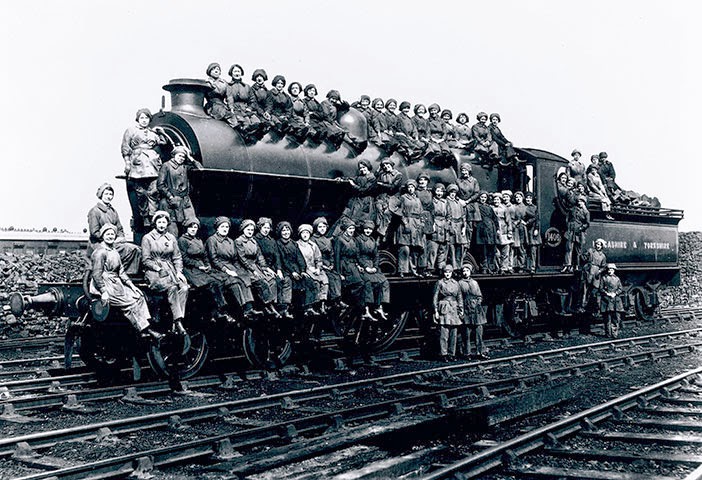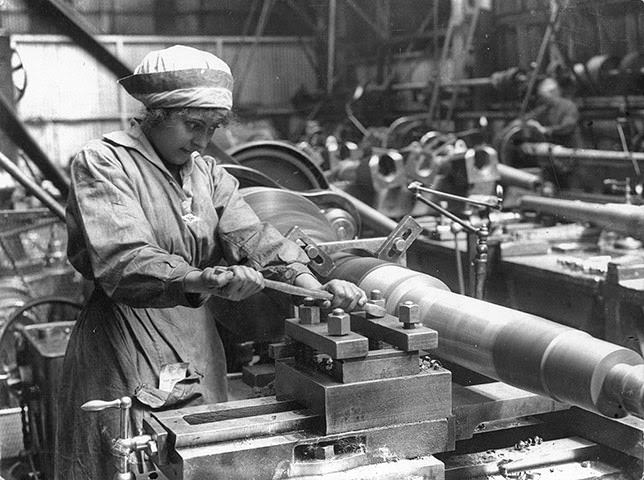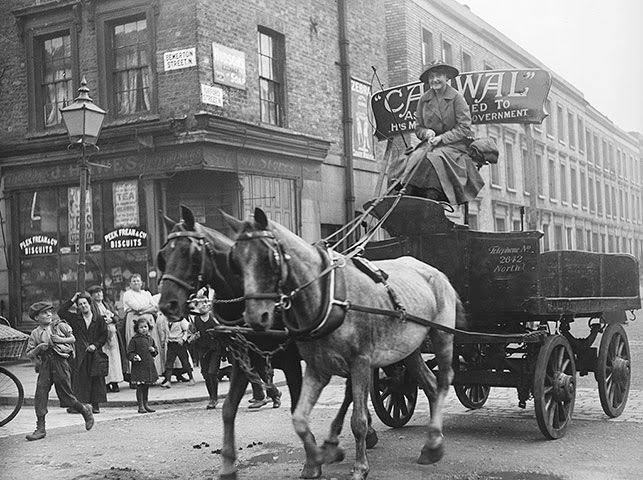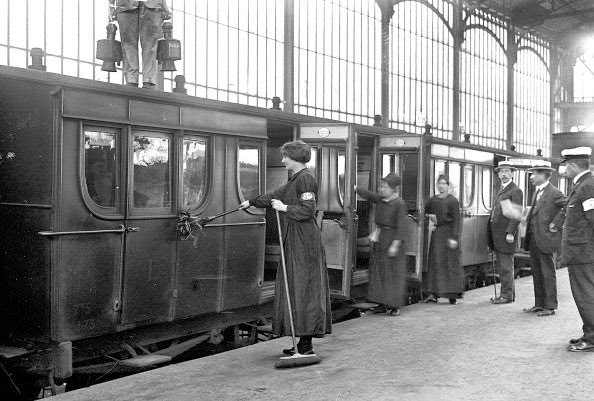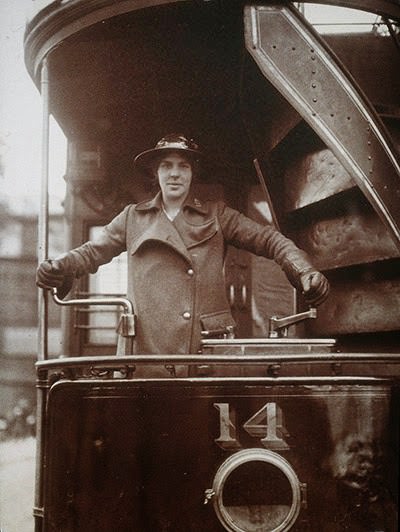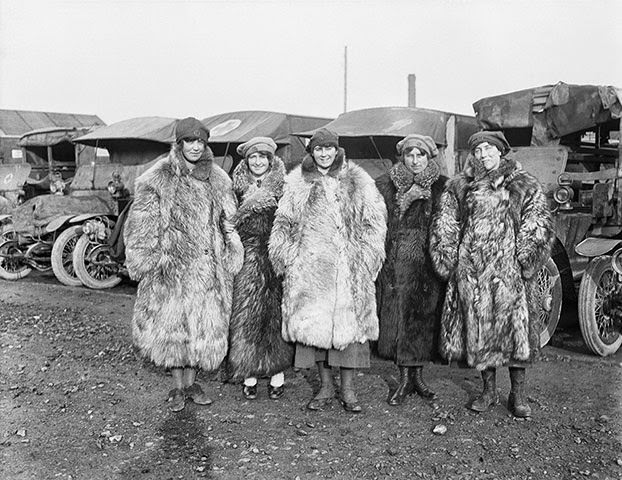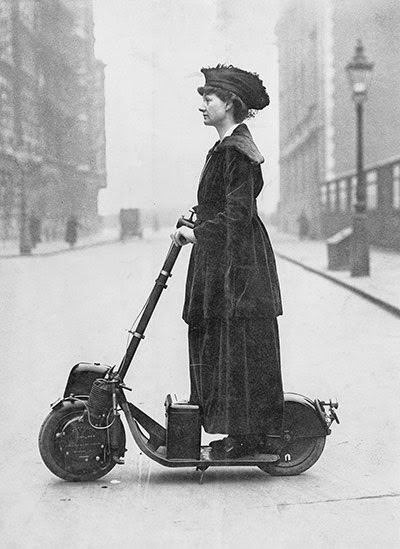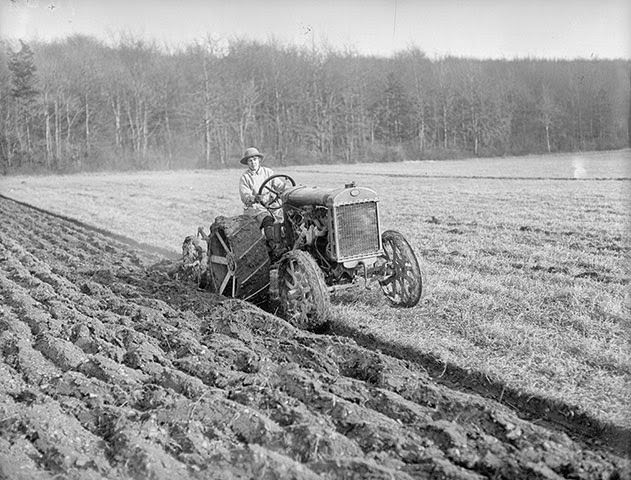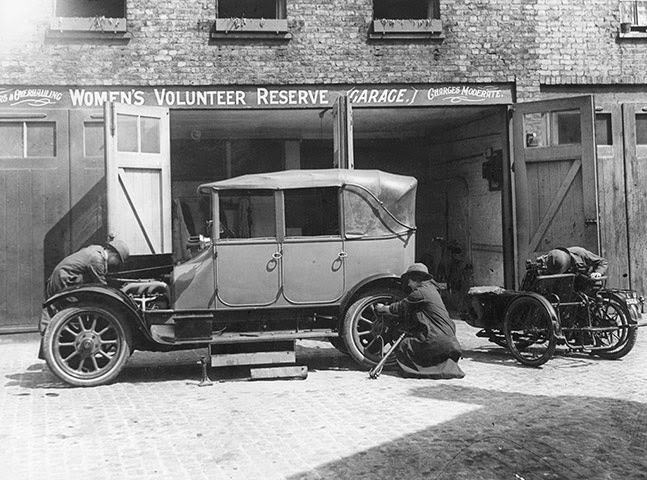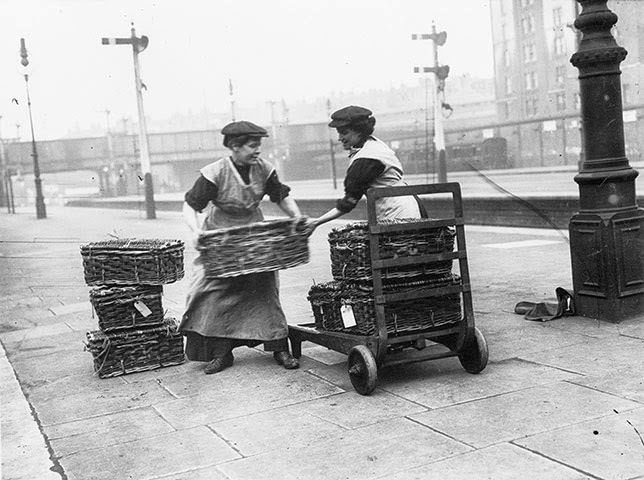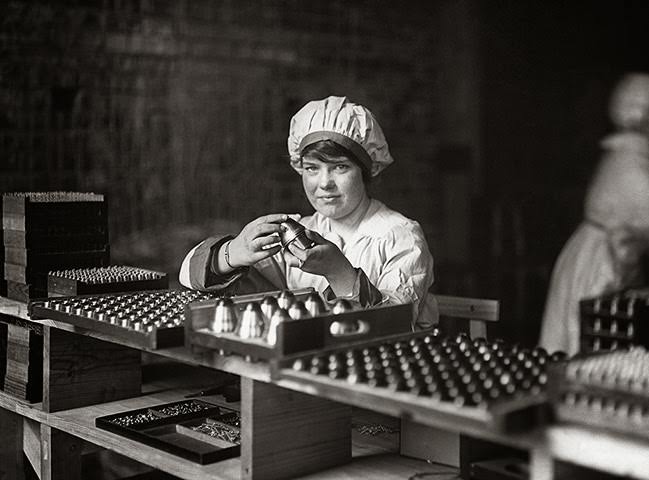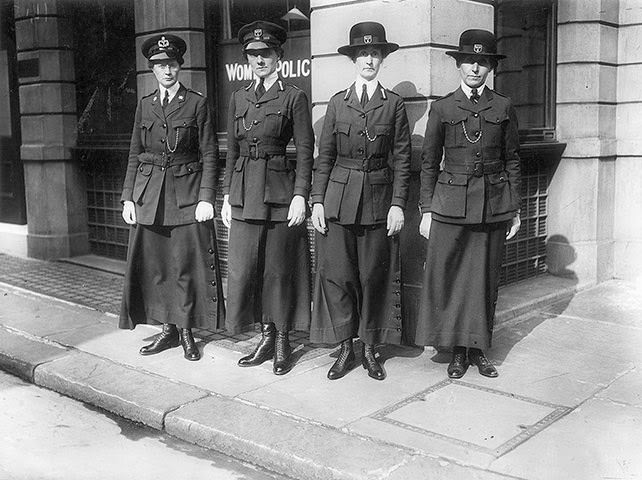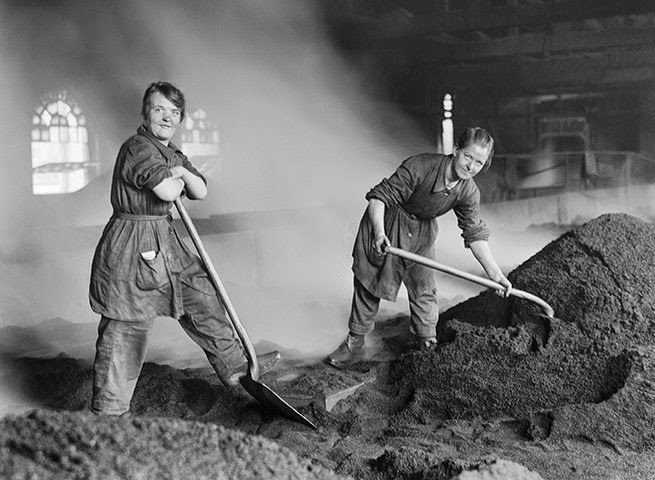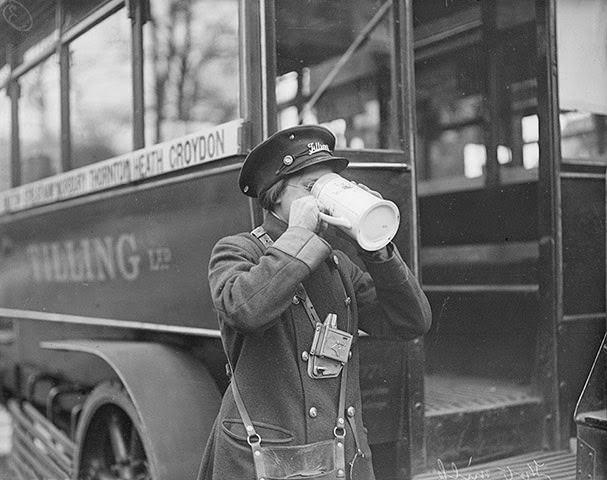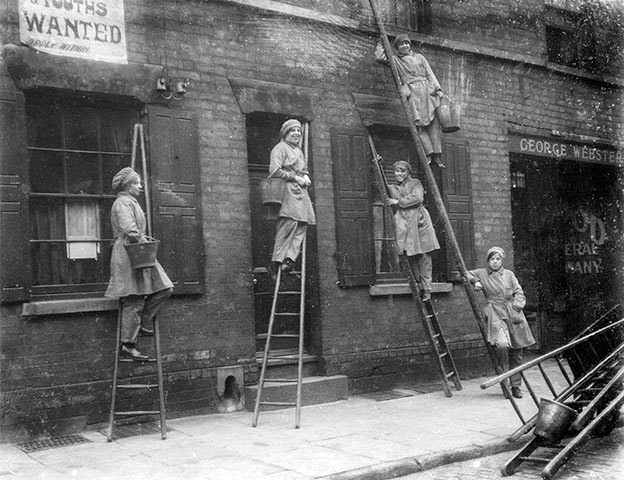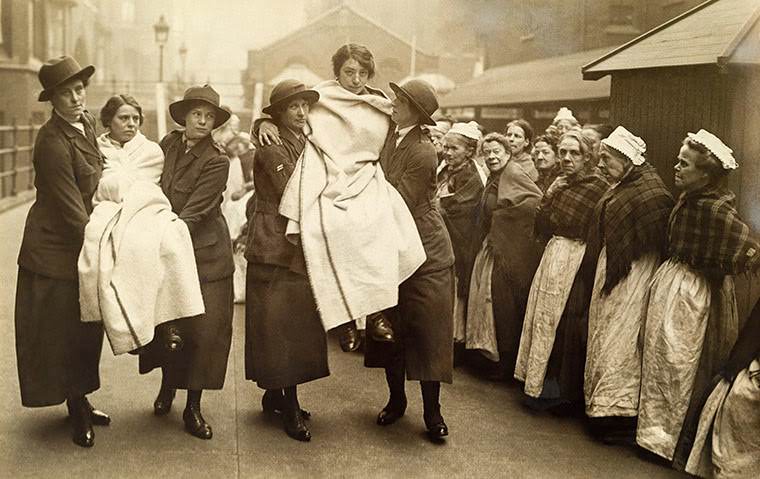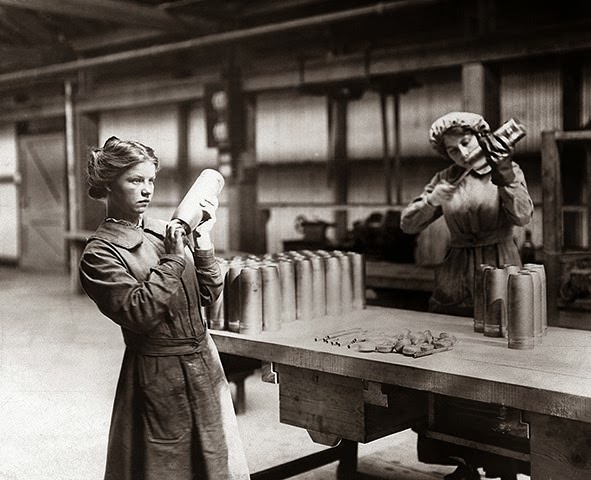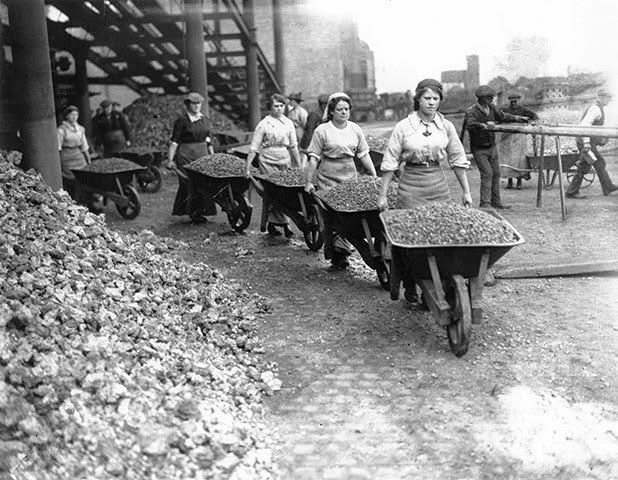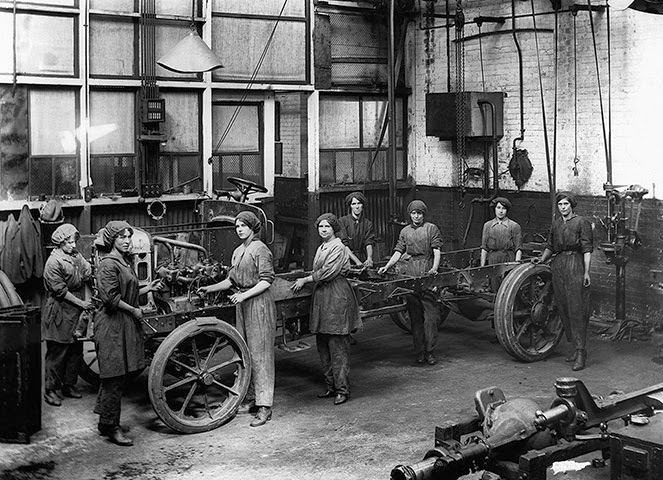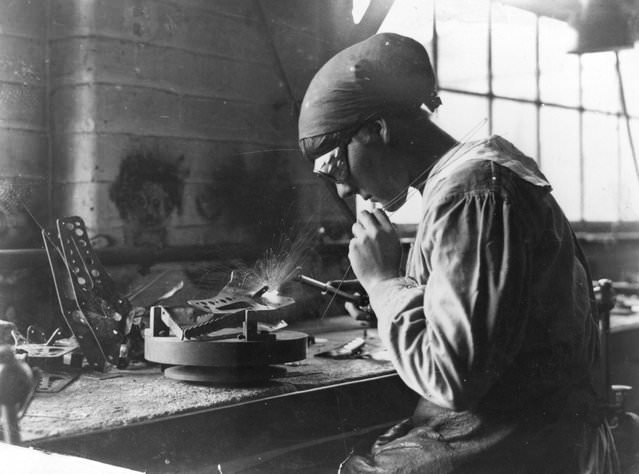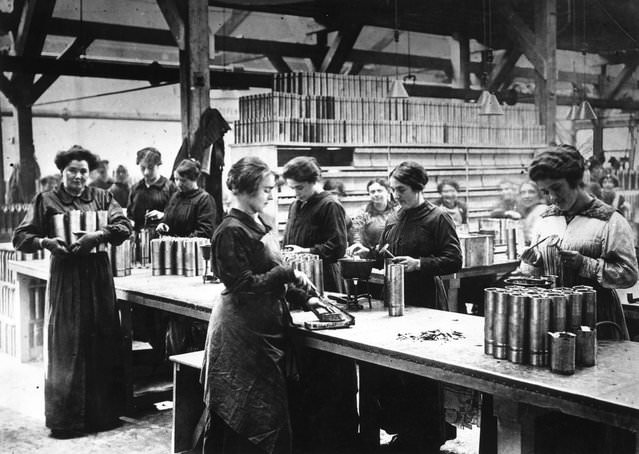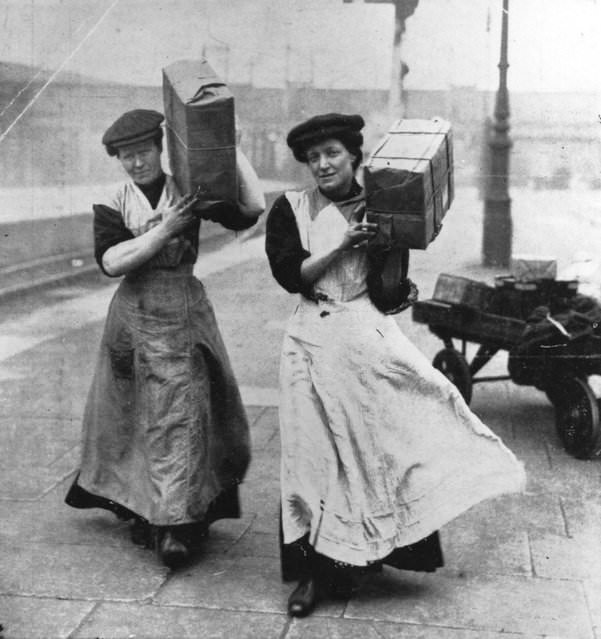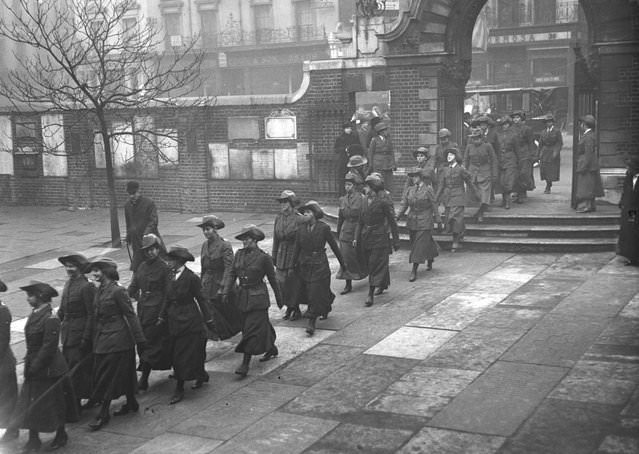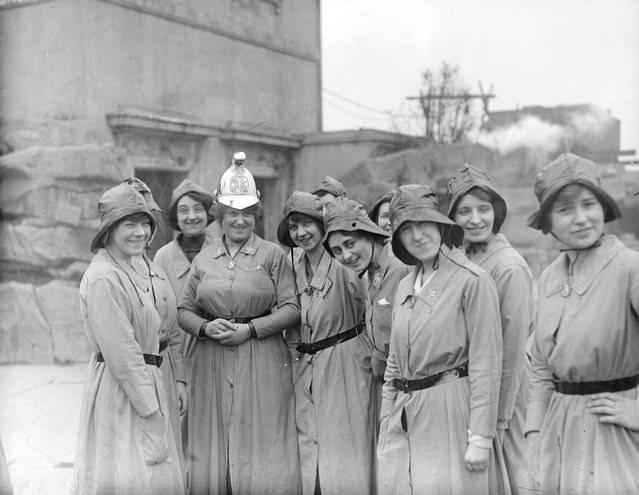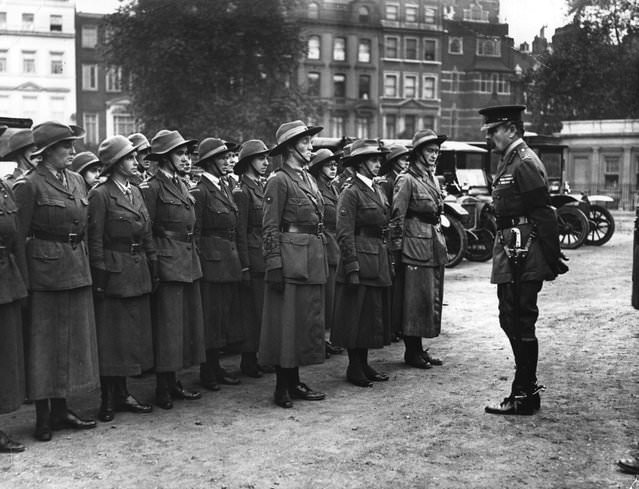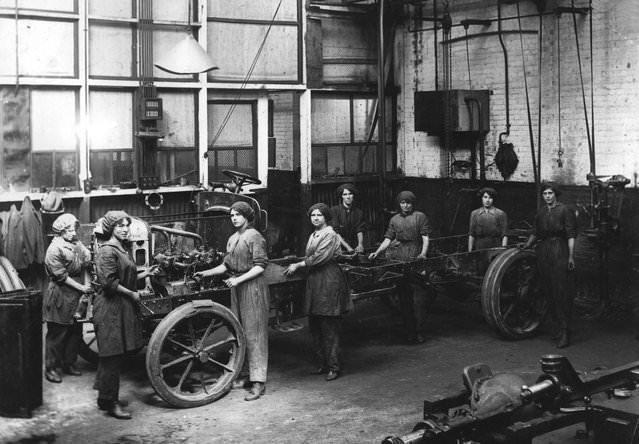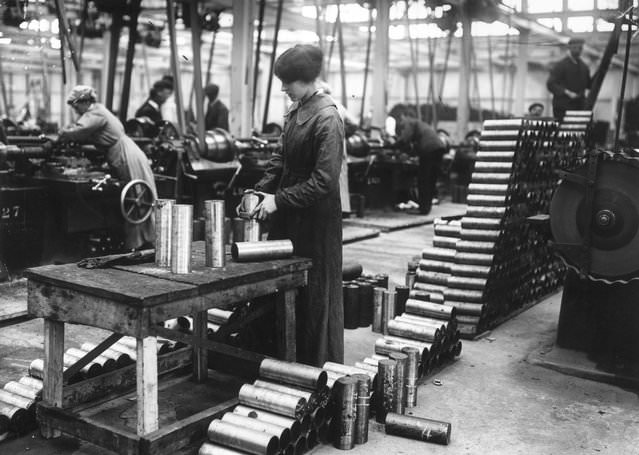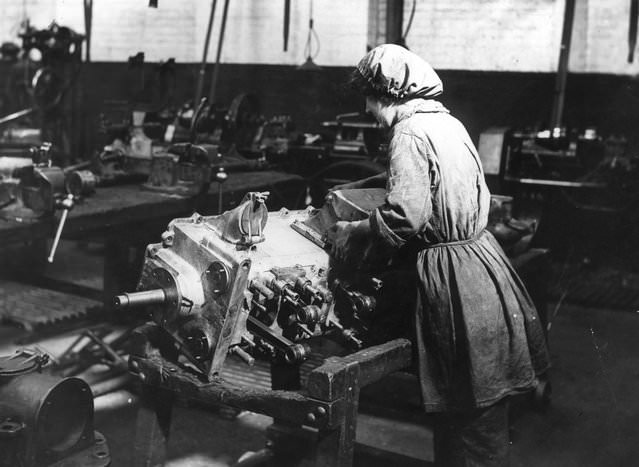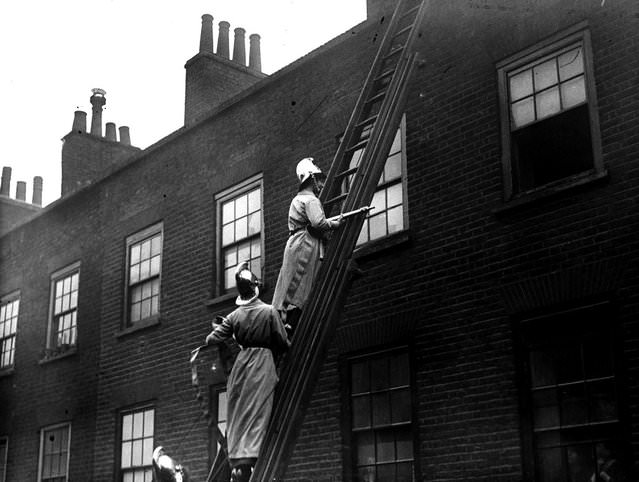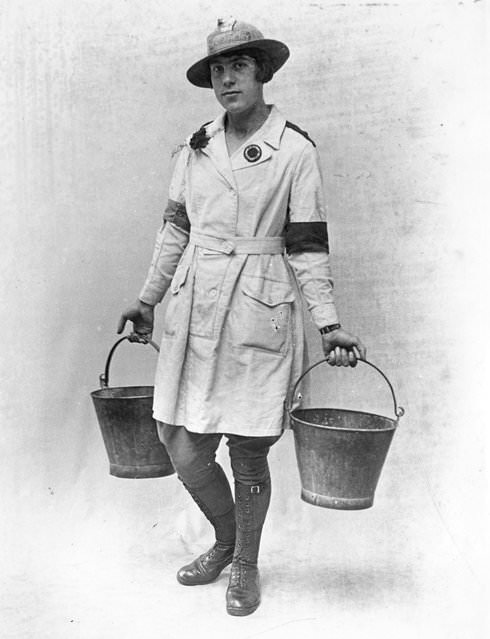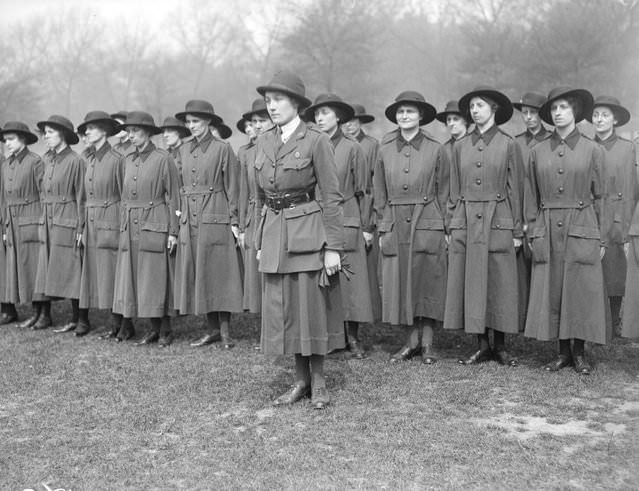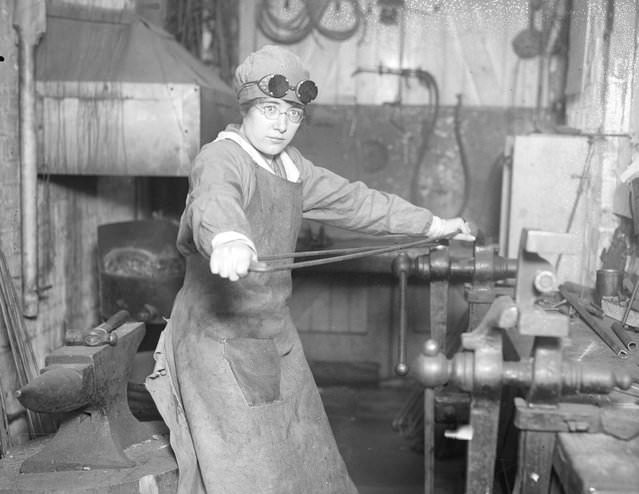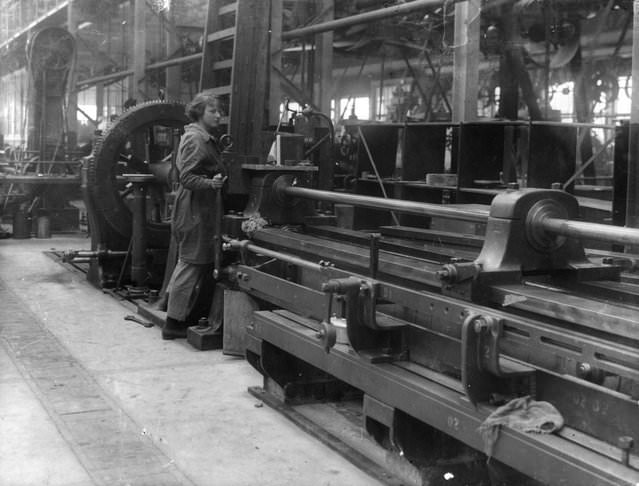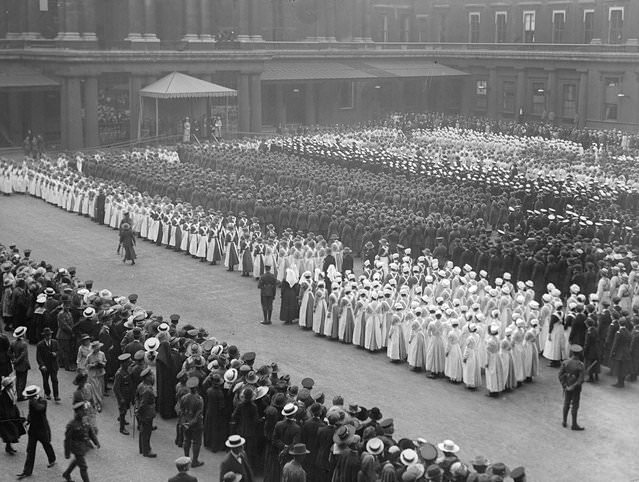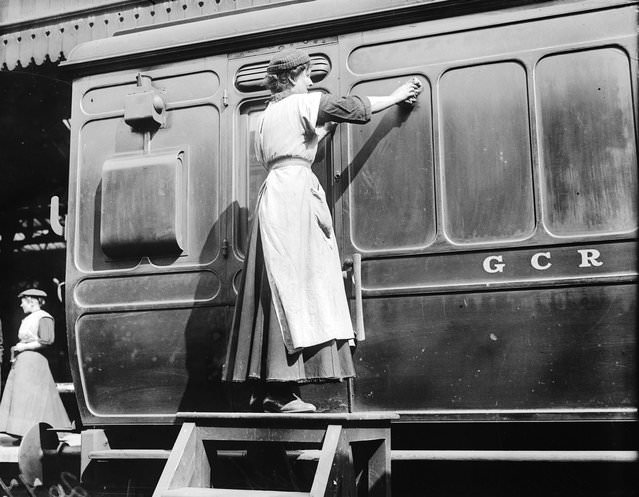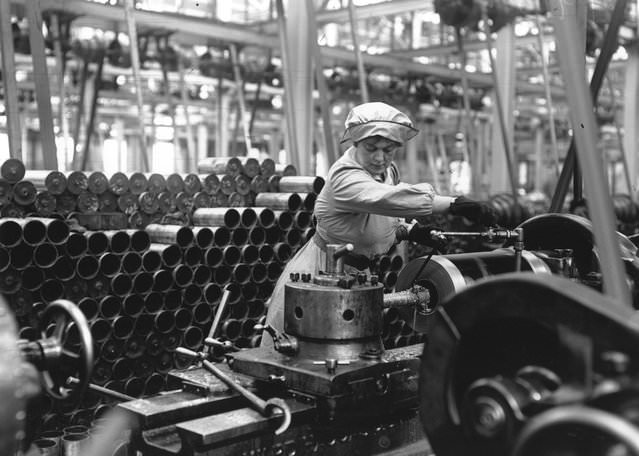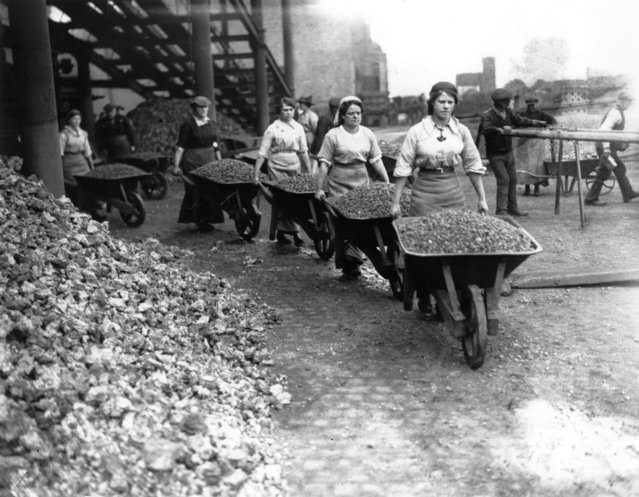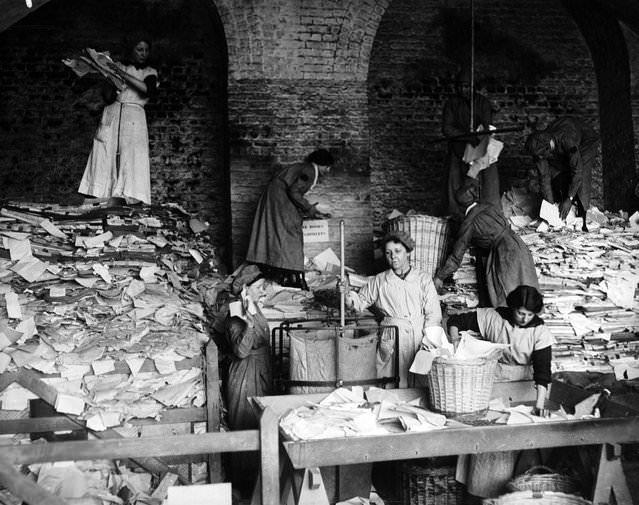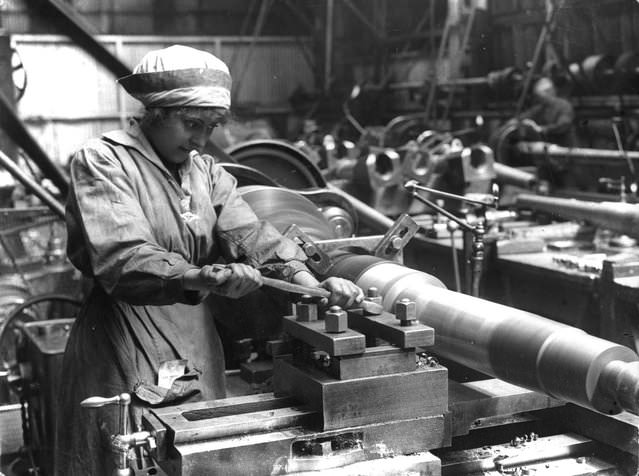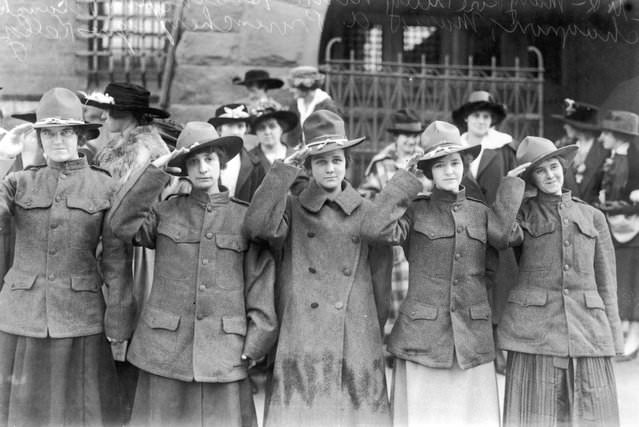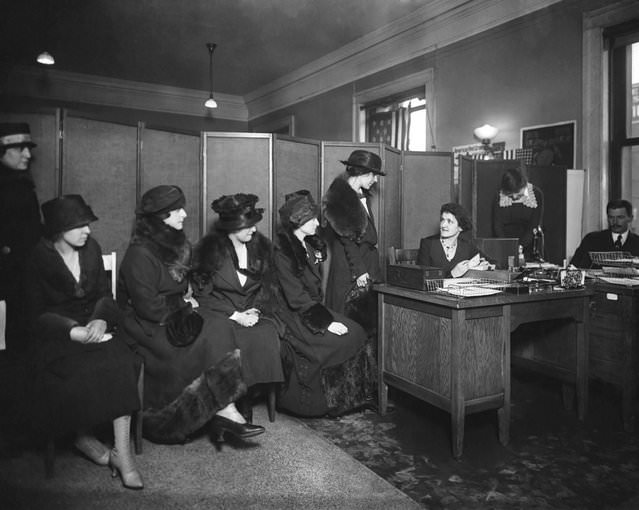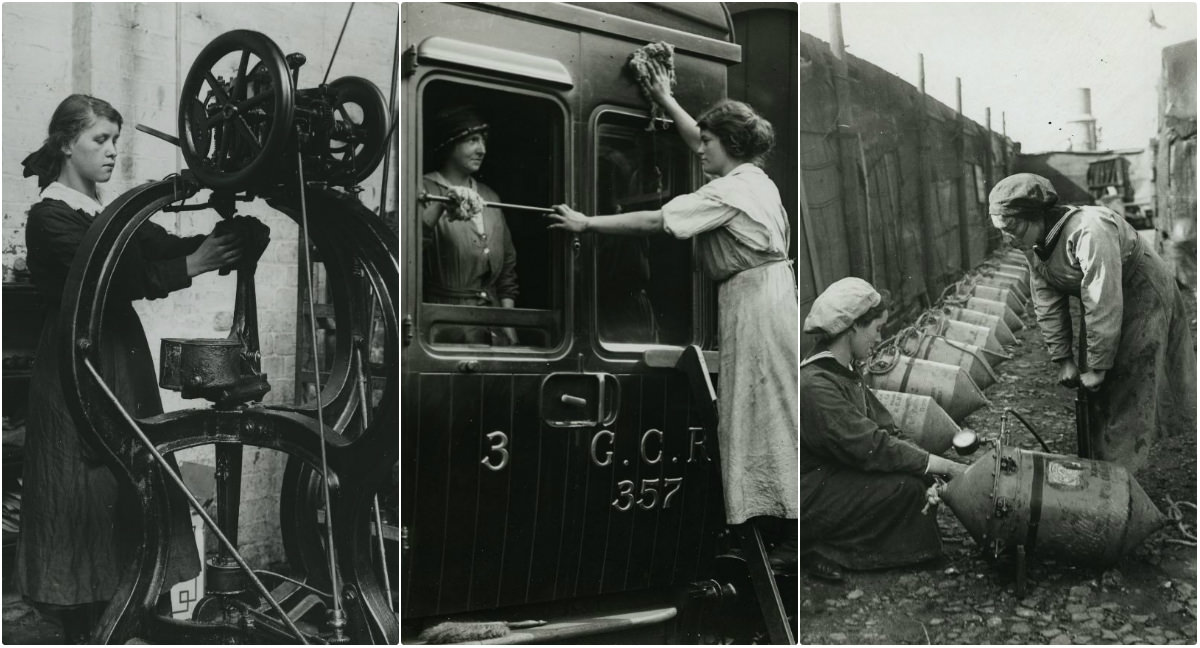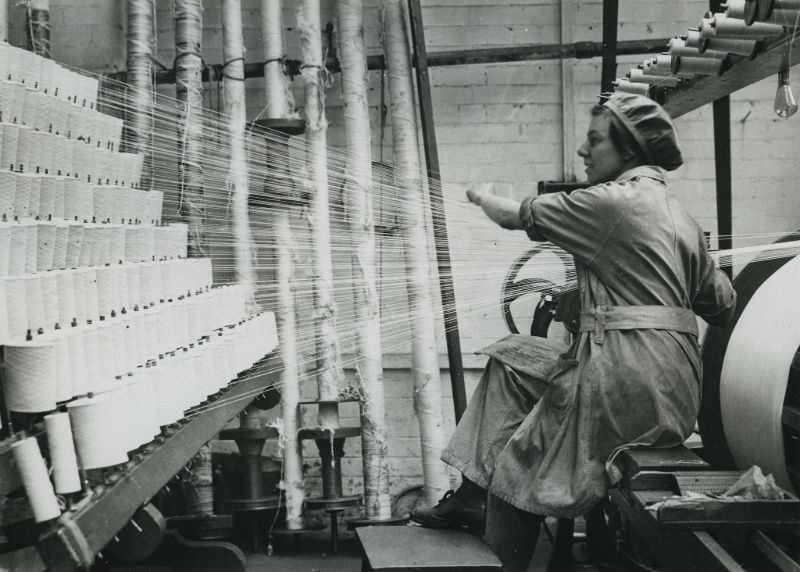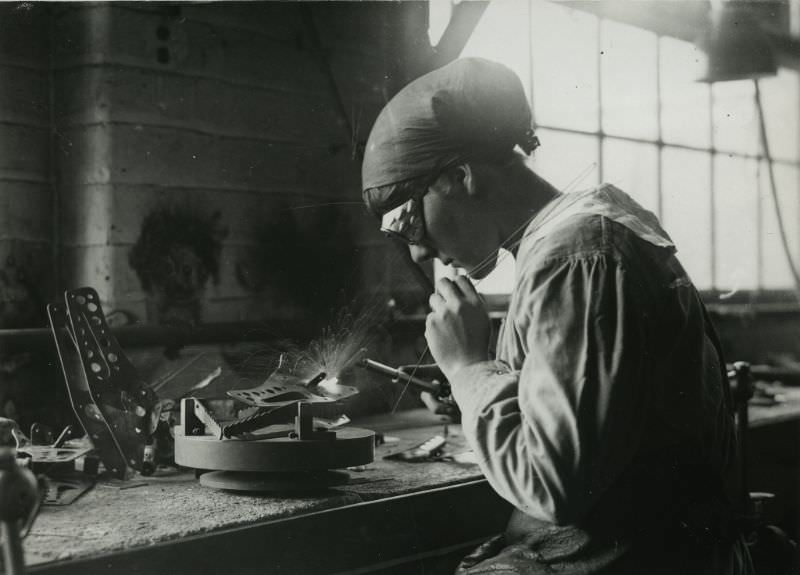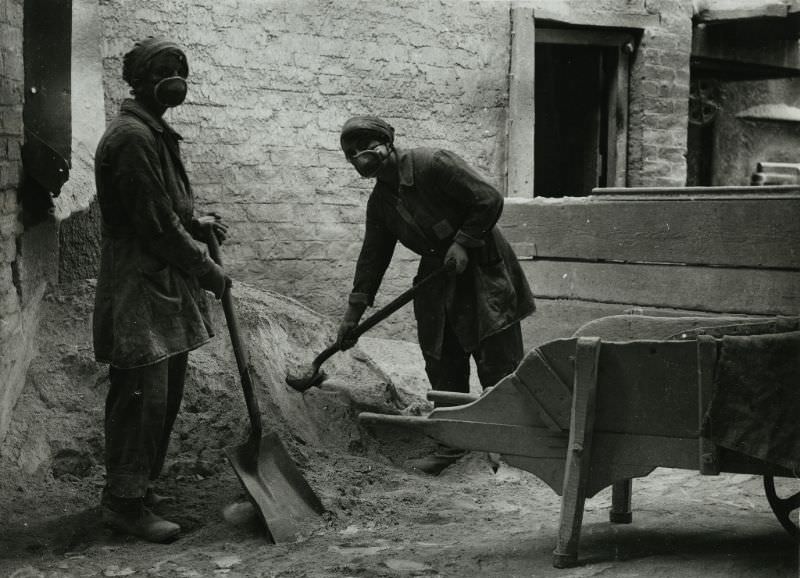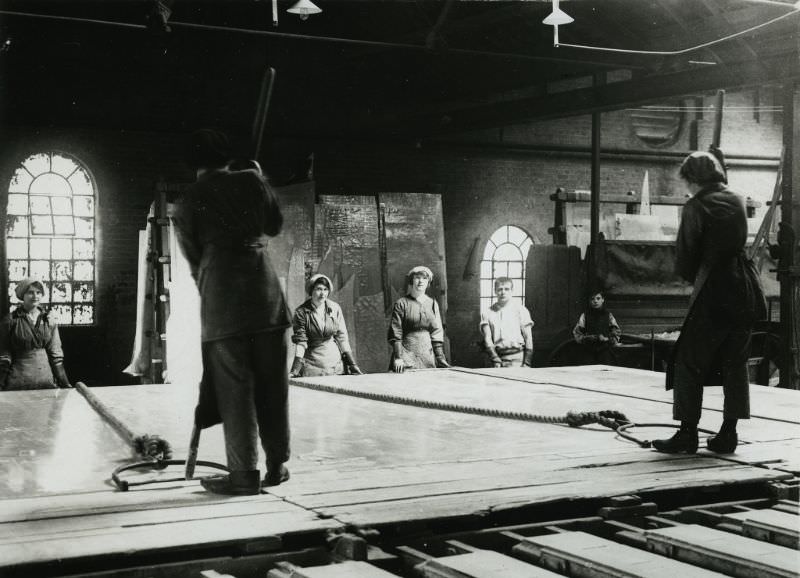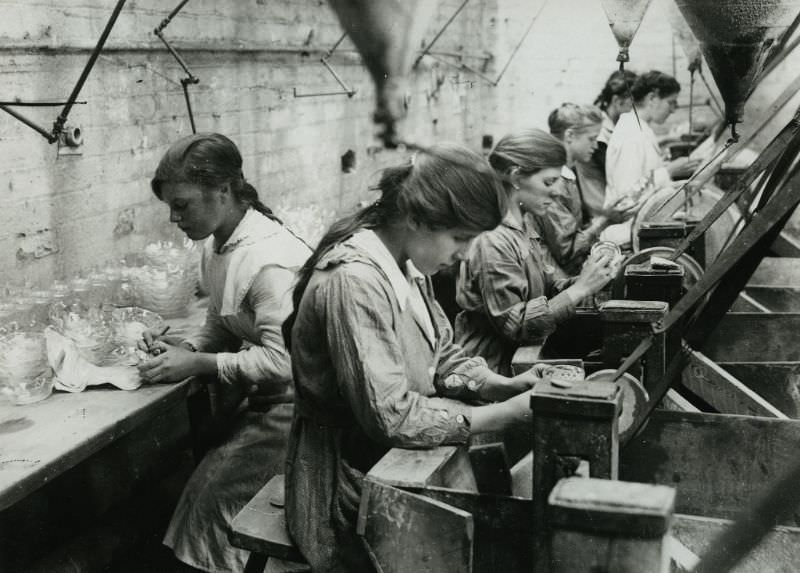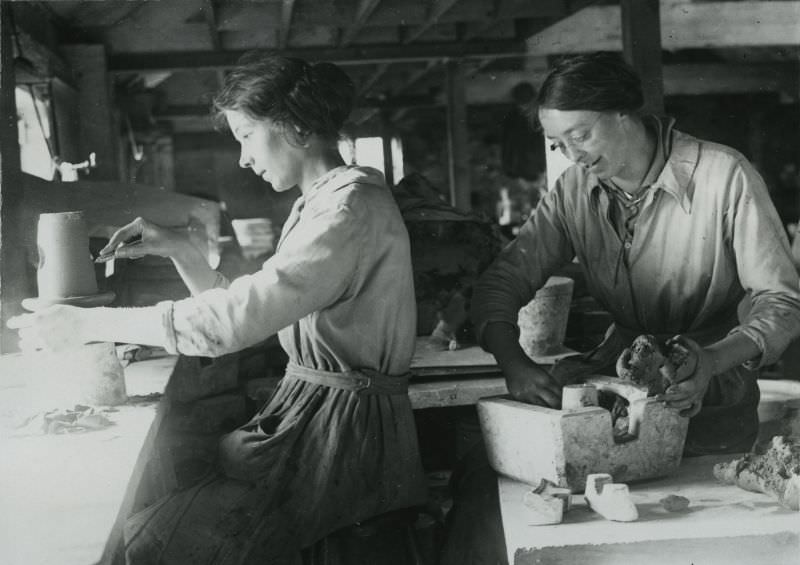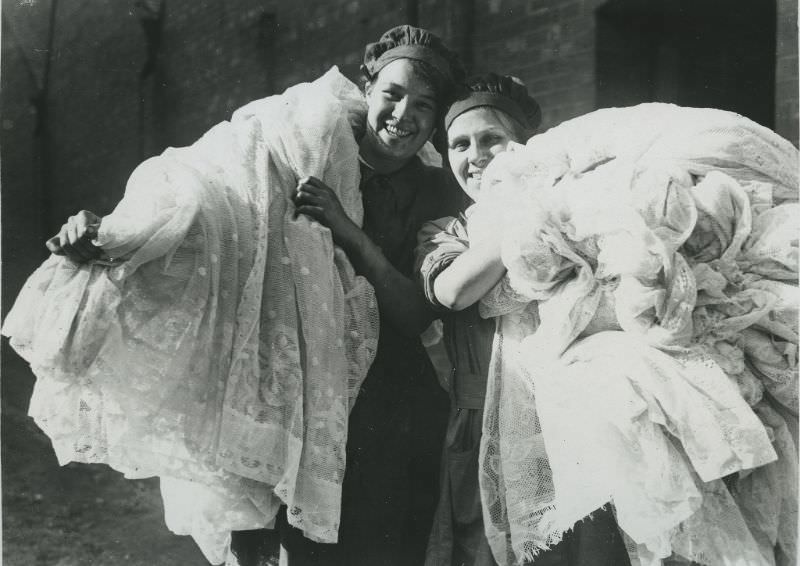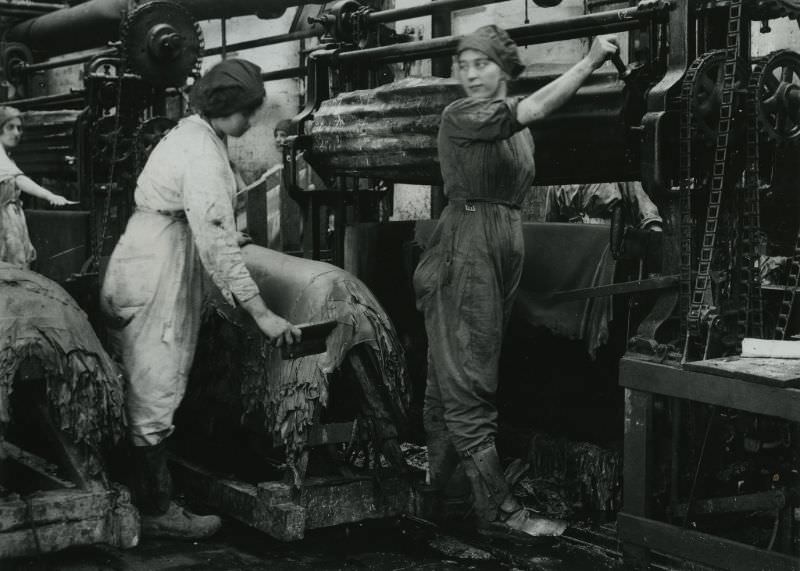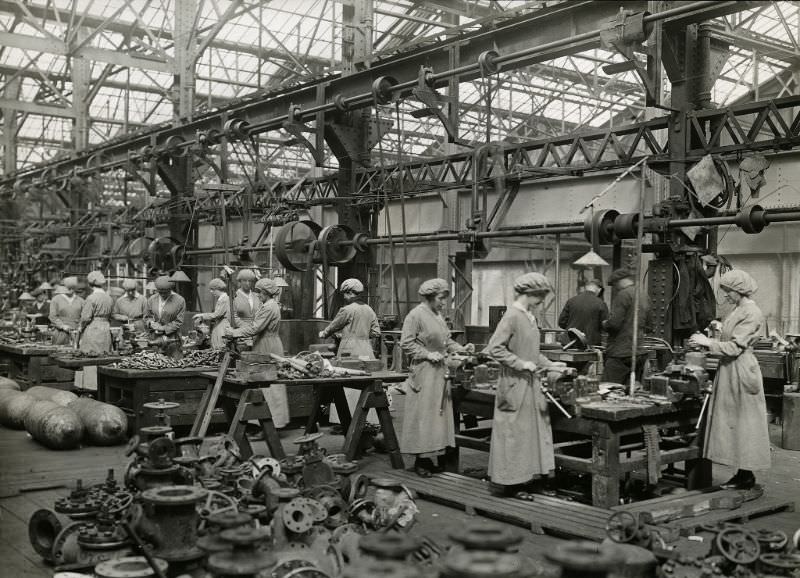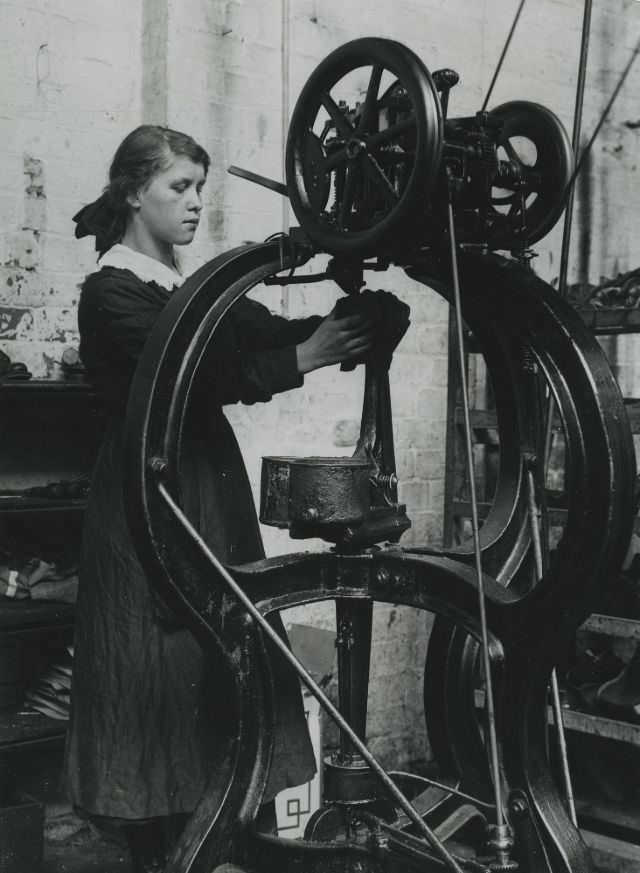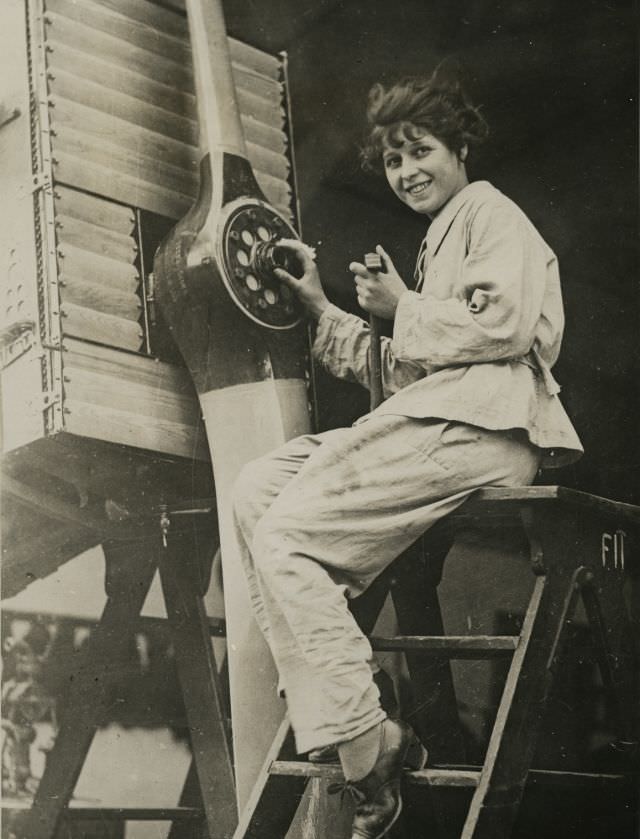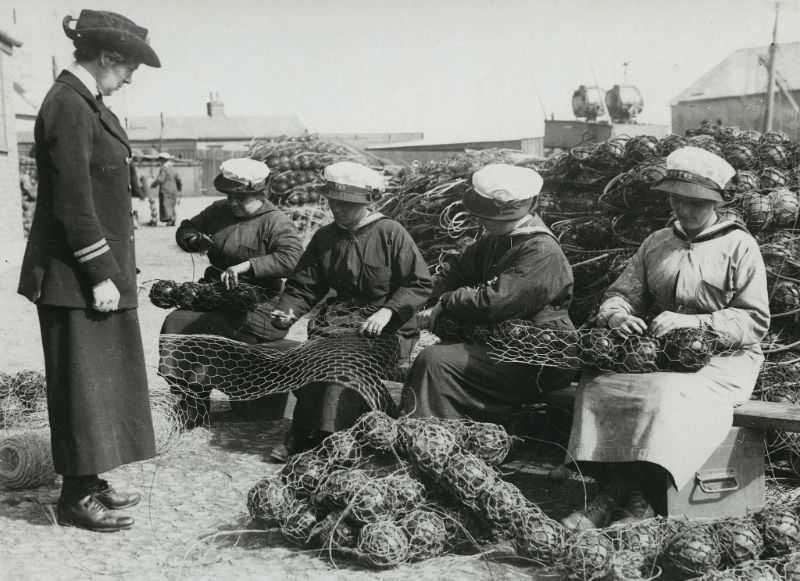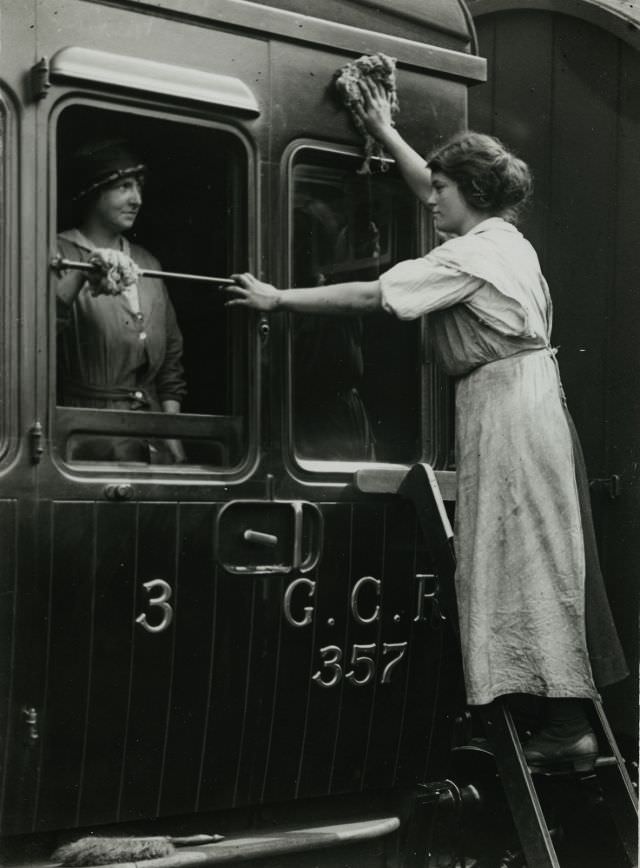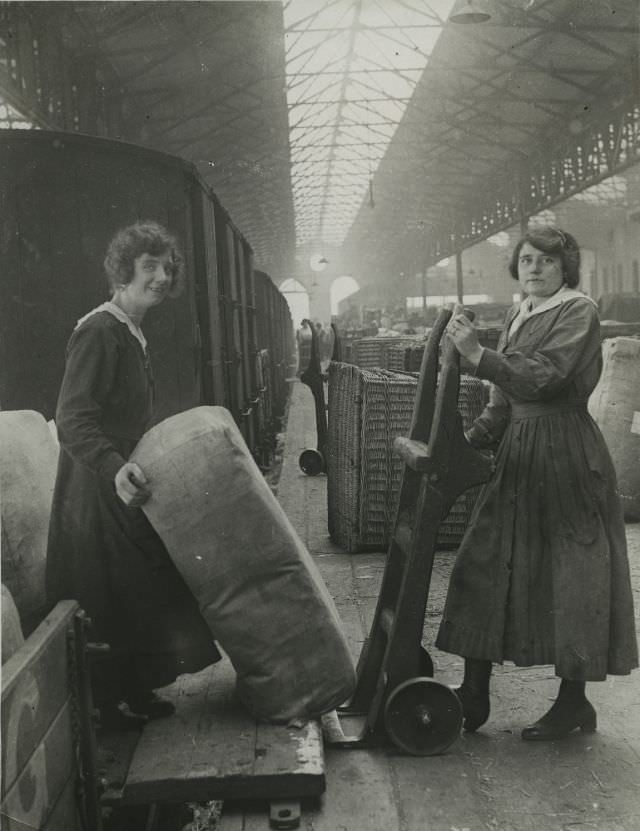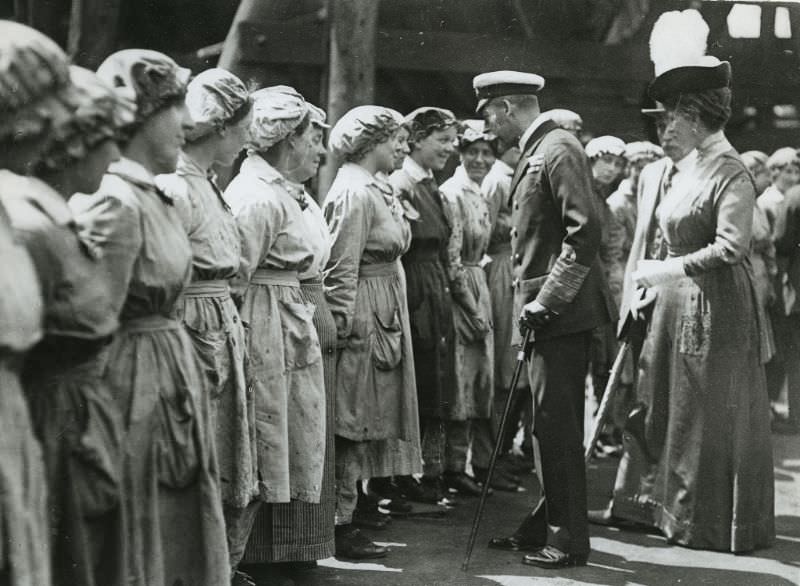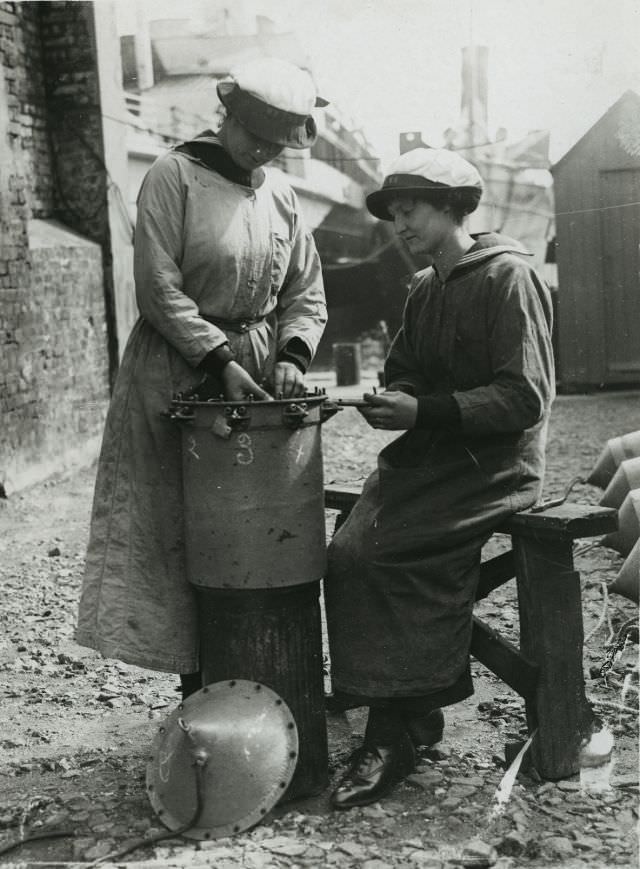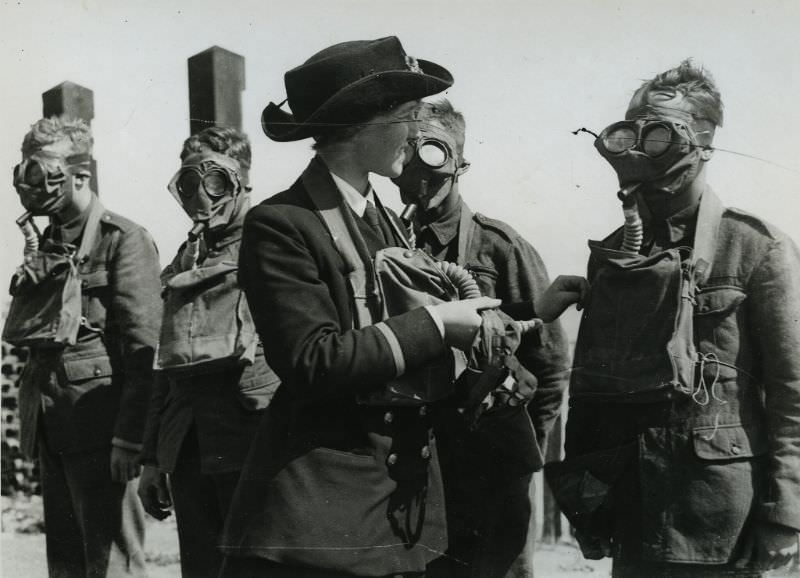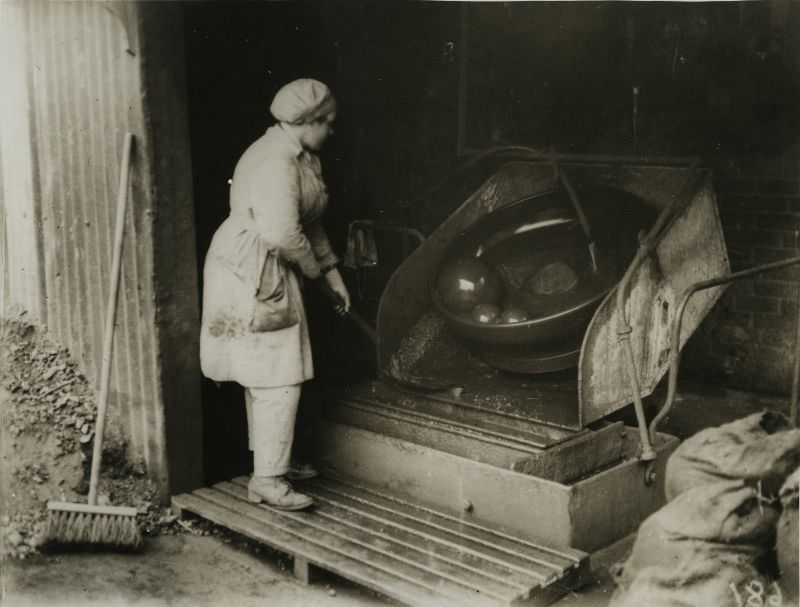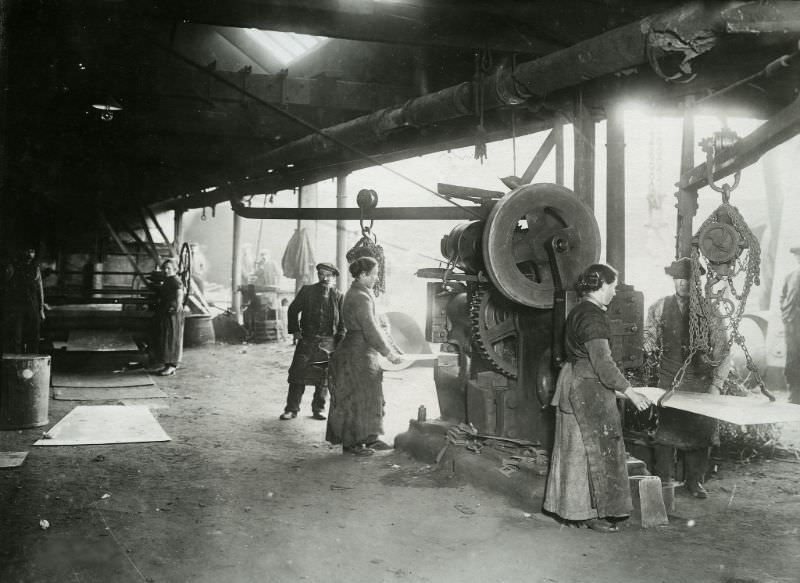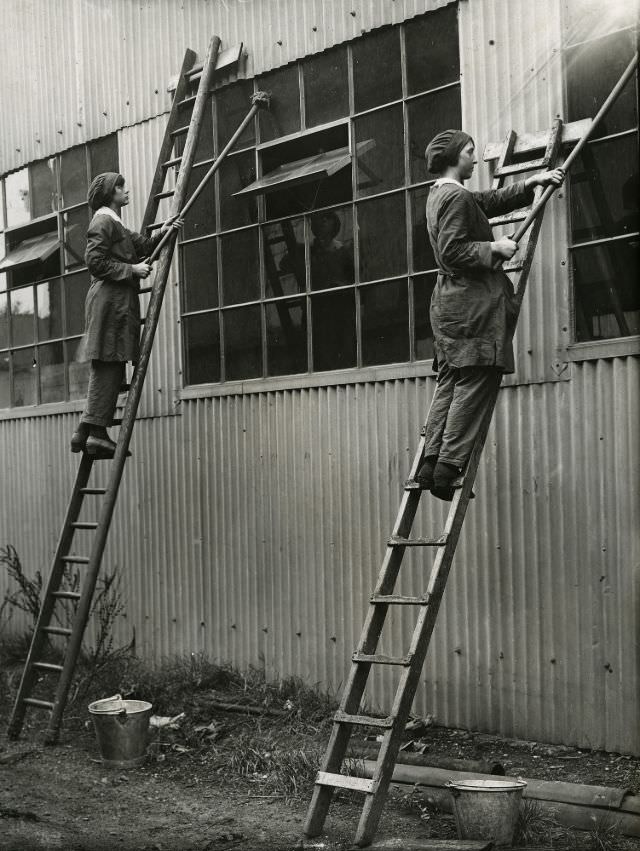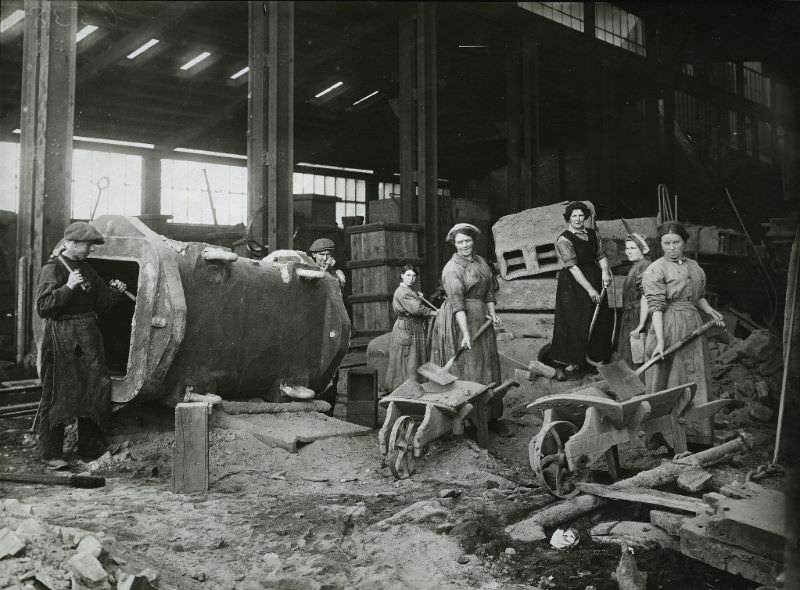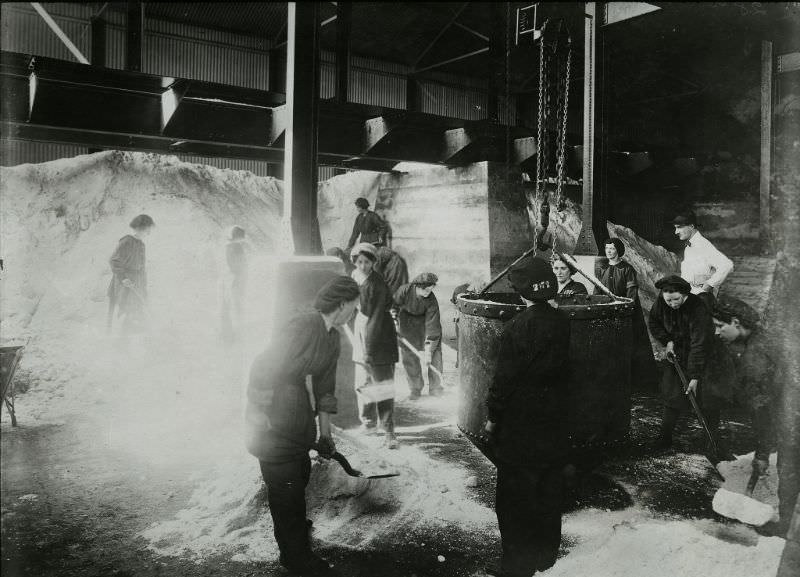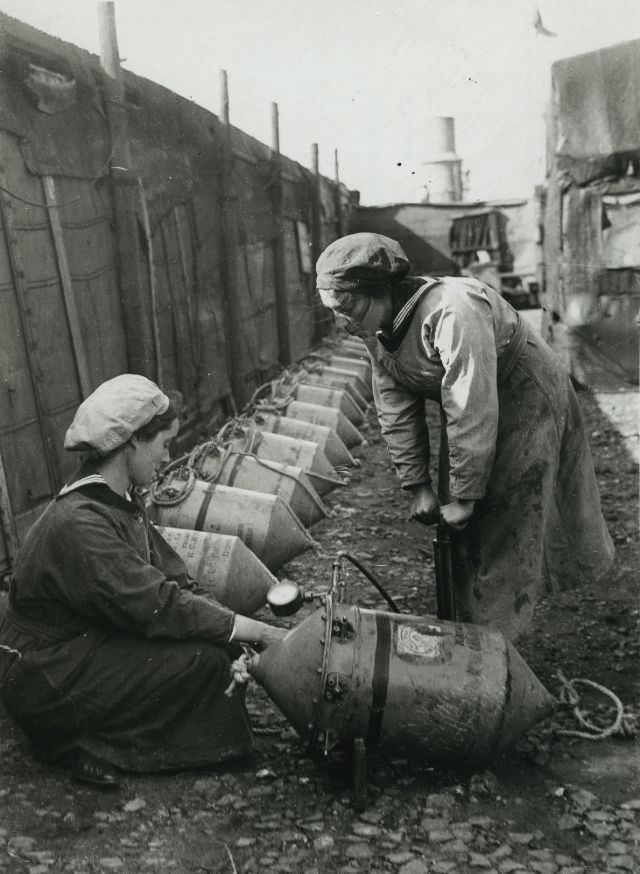When World War I started in 1914, it wasn’t only men who were called to serve. On the home front, a massive need for workers arose as men left their jobs to join the military. Women stepped up in huge numbers, taking on roles they had rarely, if ever, filled before. These women became essential war workers, keeping their countries running and directly supporting the war effort.
One of the most critical areas women worked in was manufacturing, especially in munitions factories. These factories made the weapons, ammunition, and supplies needed by soldiers fighting on the front lines. The work was often difficult and dangerous. Women handled powerful chemicals, operated heavy machinery, and worked long hours. They assembled shells, packed explosives, and produced everything from bullets to airplane parts. This was a complete change from the jobs many women had before the war, which were often in domestic service or textile factories.
Working in munitions factories came with serious risks. Exposure to chemicals like TNT, which was used in explosives, could turn their skin yellow, earning them the nickname “Canaries.” More dangerously, it caused severe health problems and sometimes death. Factory accidents were also a constant threat, with explosions possible due to the volatile materials being handled. Despite these dangers, women performed these vital jobs with determination.
Read more
Beyond the factories, women took on a wide variety of other roles. With men gone, women became streetcar conductors, bus drivers, and railway workers, keeping public transportation moving. They worked in the fields as part of the Women’s Land Army in countries like Britain and the United States, growing food to feed the nation and the troops. This involved hard physical labor like plowing, planting, and harvesting.
Women also filled administrative positions that were previously held by men. They worked as clerks, typists, and telephone operators, keeping communications and paperwork flowing for both the government and private businesses. Some women even worked in more technical roles, such as mechanics, repairing vehicles needed for transportation and the war effort.
Near the front lines, women served as nurses, caring for wounded soldiers in often overcrowded and difficult conditions. Many volunteered as ambulance drivers, transporting injured men from the battlefield to hospitals, a dangerous job that put them close to the fighting.


